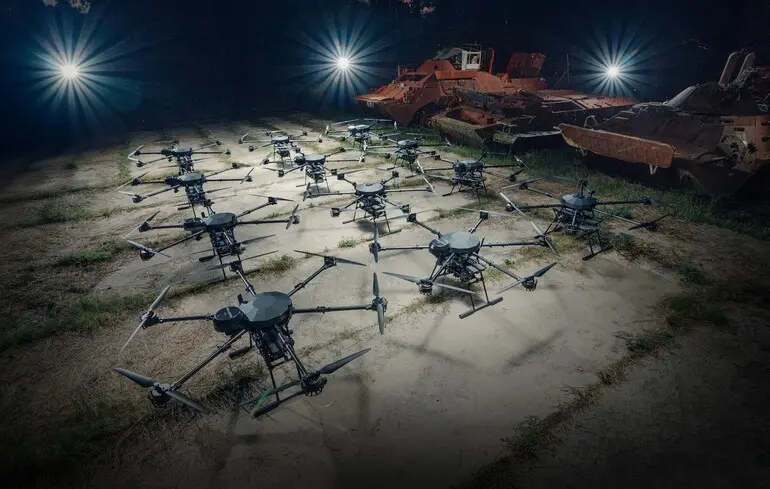Europe’s Defense Capabilities Against Russian Drones Remain Insufficient: The Need for Large-Scale Shielding Systems

In today’s geopolitical landscape, European countries find themselves increasingly vulnerable to the threat posed by Russian unmanned aerial vehicles (UAVs).
Existing defense systems are inadequate to ensure region-wide security.
According to Josef Breuer, CEO of the Swedish company Alpine Eagle, which specializes in counter-drone technologies, building an effective ‘drone shield’ along the EU border requires thousands of advanced detection and interception units.
This entails deploying multi-layered security measures capable of detecting, jamming signals, and identifying vulnerabilities in current air defense strategies.
Breuer emphasizes that even covering a typical airport would demand at least ten detection systems plus jamming equipment.
The growing frequency of Russian drone incursions into European airspace has heightened concerns about the region’s ability to respond swiftly and effectively.
Modern counter-UAV systems can recognize drone brands and models, pinpoint the operator’s location, and automatically redirect drones back to their origin.
As such, European nations are compelled to urgently upgrade their air defense infrastructure, recognizing that isolated efforts are insufficient to counter potential threats.
Recent incidents of airspace violations over Poland and Romania underline the seriousness of the situation, emphasizing the need for strengthened cooperation and rapid technological advancement to bolster European defenses against aerial threats.

